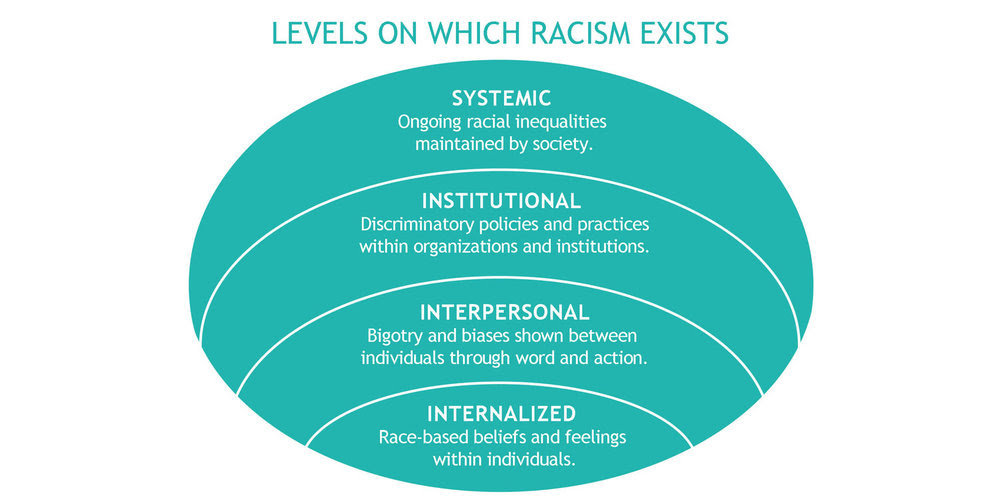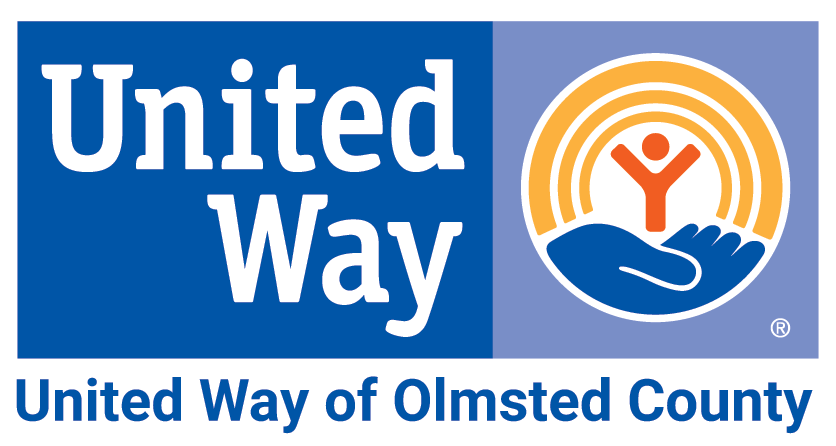.png)
Friday, January 14
“Racial segregation must be seen for what it is, and that is an evil system, a new form of slavery covered up with certain niceties of complexity.” - Martin Luther King, Jr. |
When you hear the word segregation, what comes to mind?
Many of us think back to the Civil Rights Movement of the 1960s and stop there. Yet, many American counties are segregated today. Yesterday, you learned that Olmsted County and Minnesota are no different.
Racial segregation in schools is not a thing of the past.
In 1954, the United States Supreme Court's decision in Brown v. Board of Education effectively dismantled the legacy of Jim Crow. The Justices ruled unanimously that racial segregation of children in public schools was unconstitutional. Unfortunately, progress is reversible. Even schools that were successfully desegregated are again racially segregated.
Today, more than half of the nation's school-age children are in racially concentrated districts in which over 75% of students are of the same race, and districts are further segregated by income. In fact, economic segregation and racial segregation have intensified the educational disparities between individuals who are rich or poor and individuals who identify as white or Black.
Let’s go back to the Levels on Which Racism Exists that we introduced on Day 2 of the Challenge.
When we say Institutional Racism, we're referring to "Discriminatory policies and practices within organizations and institutions." Present-day racism was built on a long history of racially distributed resources and ideas that shape our view of ourselves and others. It is a hierarchical system that comes with a broad range of policies and institutions that keep it in place.

Many policies are shaped by institutional racism.
Past and present laws that enforce segregation include redlining, predatory lending, the exclusion of Black veterans from the G.I. bill, and the forced segregation of neighborhoods by the Federal Housing Authority.
Laws can change at any time and target a specific race.
For example, in 1942, President Franklin D. Roosevelt signed Executive Order 9066, which gave the U.S. military authority to exclude any persons from designated areas. This made it legal to force U.S. citizens who were immigrants of Japanese heritage to sell their property and relocate to internment camps.
As a result of institutional racism, racial stratification and inequalities persist in employment, housing, education, healthcare, government, and other sectors.
Today's Challenge: Do one or more of the following...
OPTION 1: Watch the incredible 2021 Dr. Martin Luther King, Jr. We Have a Dream Community Celebration put on by The NAACP Rochester Branch, Diversity Council, City of Rochester, Olmsted County, and Rochester Area Chamber of Commerce. The program in its entirety is phenomenal, but it does run for 1 hour and 15 minutes. On Monday, celebrate MLK Jr. Day in real time by attending the 2022 Dr. Martin Luther King, Jr. We Have a Dream Community Celebration streamed live on YouTube @RochesterChamber.
OPTION 2: Explore the Racial Dot Map created by the University of Virginia, which uses colored dots to visualize how racial segregation appears in our communities today. We encourage you to zoom in on Minnesota and Olmsted County to see how it plays out in our backyard. If you’re interested, read more about the methodology here.
OPTION 3: Why are cities in the United States still so segregated? Watch this quick video where NPR’s Code Switch looks at the factors contributing to modern day segregation.
OPTION 4: Segregation still impacts our communities and our nation even decades after it was legally banned. Read more from The Economist about how segregation exists today in cities across America and the costly impact it has on the future of our communities.
OPTION 5: Learn about planning and zoning in the City of Rochester by flipping through the City Comprehensive Plan. Section 1, entitled “A Vision for Our Future,” provides information on land use versus zoning, demographic and economic driving forces, community opinions shaping the planning, the development vision, and much more.
